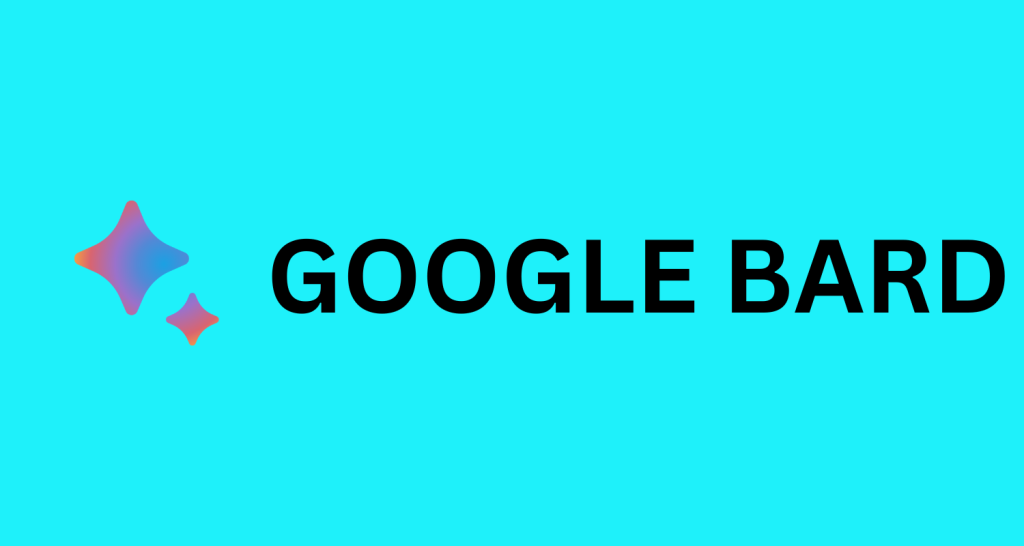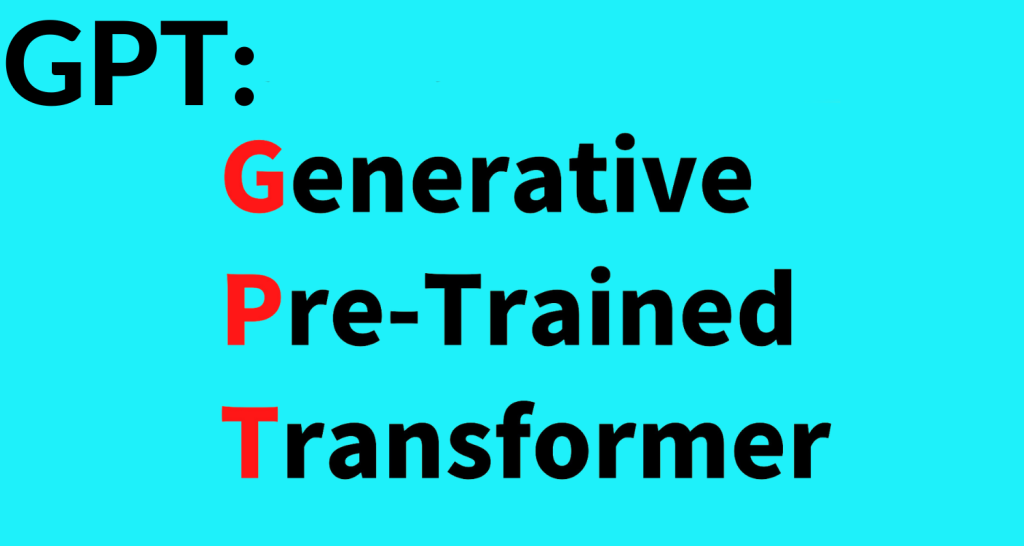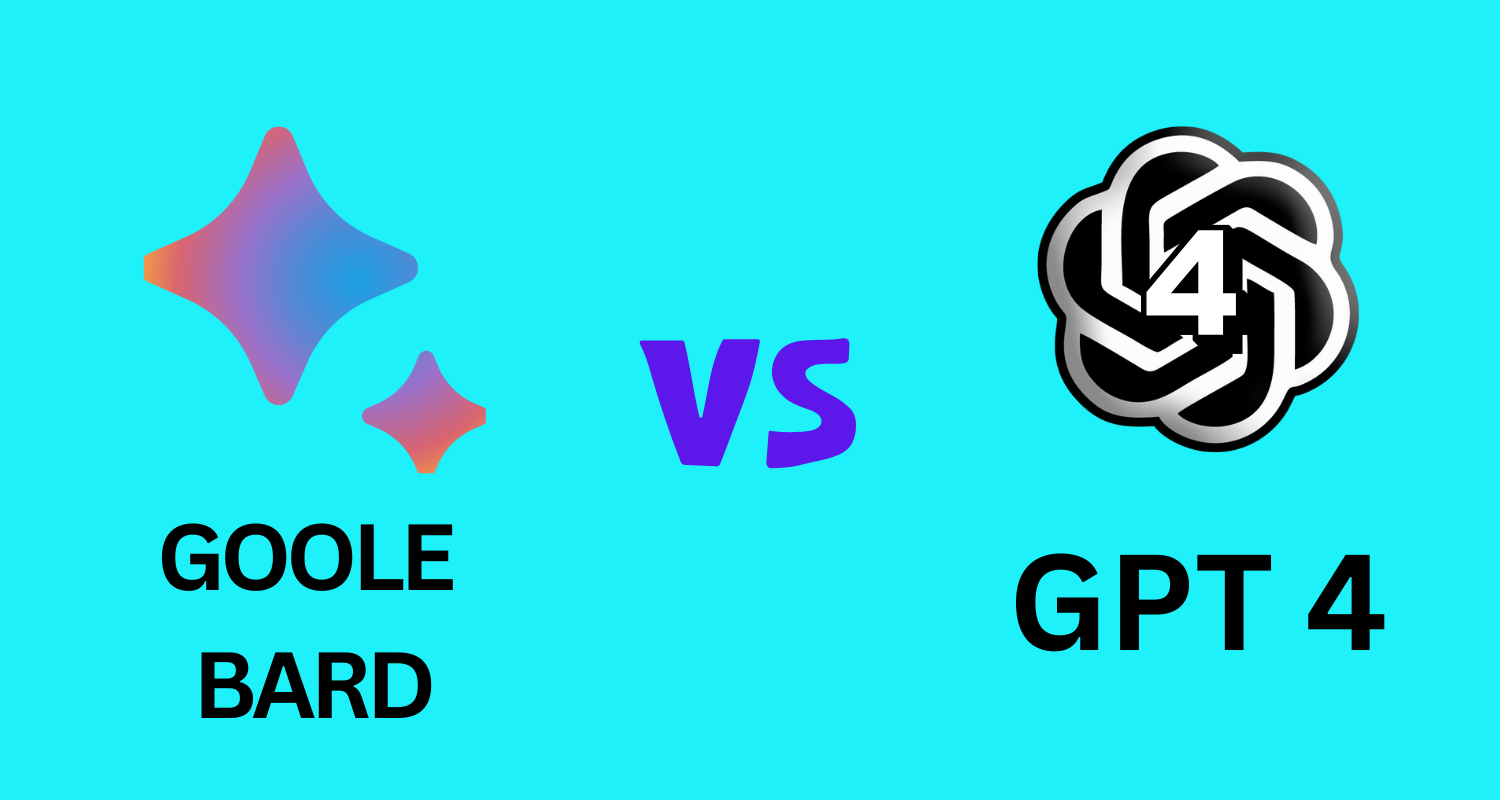In the ever-evolving landscape of natural language processing (NLP) and artificial intelligence (AI), Google BARD and GPT-4 have emerged as two prominent language platforms. Both these platforms possess remarkable capabilities, but they differ in terms of features and functionality. This article aims to provide a comprehensive comparison of Google BARD vs. GPT-4, highlighting their key differences and
prominent features.
Difference Between Paraphrasing and Plagiarism: Detailed Analysis
Google BARD vs. GPT-4
Understanding Google BARD:
Google BARD (Bidirectional Encoder Representations from Transformers) is an advanced language model developed by Google. It excels in a wide range of language tasks, including translation, summarization, question-answering, and sentiment analysis. BARD leverages the power of transformers, a neural network architecture, to achieve high-quality language understanding and generation.

Key Features of Google BARD:
Multilingual Capabilities: Google BARD supports a vast array of languages, enabling seamless communication across linguistic barriers.
Advanced Contextual Understanding: BARD's bidirectional nature allows it to grasp context more effectively, leading to improved language comprehension and generation.
Customizability: Google BARD offers flexible fine-tuning options, enabling users to adapt the model to specific domains or tasks.
Pre-training and Fine-tuning: BARD benefits from pre-training on large-scale datasets, followed by fine-tuning on specific tasks, resulting in refined performance.
Introducing GPT-4:
GPT-4 (Generative Pre-trained Transformer 4) is the latest iteration of the GPT series developed by OpenAI. GPT-4 is designed to generate coherent and contextually relevant text as an AI language model. It leverages advanced deep-learning techniques to provide human-like responses and improve language understanding.

Key Features of GPT-4:
Improved Coherency: GPT-4 focuses on generating more coherent and contextually accurate responses, ensuring a more natural and engaging conversation.
Enhanced Contextual Awareness: GPT-4 builds upon previous iterations, allowing for a deeper understanding of context and more accurate contextual predictions.
‘
Few-shot Learning: GPT-4 showcases improved few-shot learning capabilities, enabling it to adapt to new tasks or domains with minimal training data.
Ethical and Bias Mitigation: OpenAI places significant emphasis on addressing bias and ensuring responsible AI usage, making GPT-4 more attuned to ethical considerations.
Contrasting Features and Applications:
While both Google BARD and GPT-4 excel in language understanding and generation, their focus and intended applications differ.
Google BARD is particularly well-suited for translation, summarization, sentiment analysis, and question-answering tasks. It's multilingual capabilities and customizable fine-tuning options make it versatile for various NLP applications.
GPT-4, on the other hand, is designed to provide highly coherent and contextually relevant responses. It shines in conversational AI, virtual assistants, and generating creative text. GPT-4's focus on ethical considerations makes it an attractive option for organizations seeking responsible AI solutions.
Conclusion:
Google BARD and GPT-4 represent two impressive language platform advancements, each with unique strengths. While Google BARD emphasizes multilingual capabilities and customizable fine-tuning, GPT-4 excels in generating coherent and contextually aware responses.
The choice between these platforms ultimately depends on the specific requirements of the task at hand. With further advancements, both Google BARD and GPT-4 contribute to the continuous development of AI-powered language processing, propelling us toward more advanced and sophisticated conversational AI systems.
FAQs
Q1: What is the main difference between Google BARD and GPT-4?
A1: The main difference lies in their focus and intended applications. Google BARD excels in translation, summarization, sentiment analysis, and question-answering, while GPT-4 specializes in generating coherent and contextually relevant responses, making it suitable for conversational AI and virtual assistants.
Q2: Can Google BARD and GPT-4 be used interchangeably?
A2: While both platforms have language processing capabilities, they have different strengths. Google BARD is more versatile for various NLP tasks, while GPT-4 shines in generating natural and engaging text. The choice between the two depends on the specific requirements of the application.
Q3: Are both Google BARD and GPT-4 customizable?
A3: Yes, both platforms offer customization options. Google BARD provides fine-tuning capabilities, allowing users to adapt the model to specific domains or tasks. GPT-4 supports few-shot learning, which enables it to adapt to new tasks or domains with minimal training data.
Q4: Which platform offers better multilingual capabilities?
A4: Google BARD has extensive multilingual support, allowing for seamless communication across different languages. GPT-4, while not explicitly marketed for multilingual use, can still handle multiple languages, but its primary focus is on generating coherent text responses.
Q5: How do Google BARD and GPT-4 address ethical considerations?
A5: Both platforms prioritize ethical AI usage. GPT-4, developed by OpenAI, emphasizes bias mitigation and responsible AI practices. Google BARD benefits from Google's commitment to fairness and transparency, working to address biases and ensure responsible deployment.
